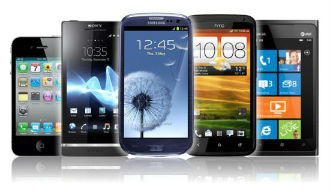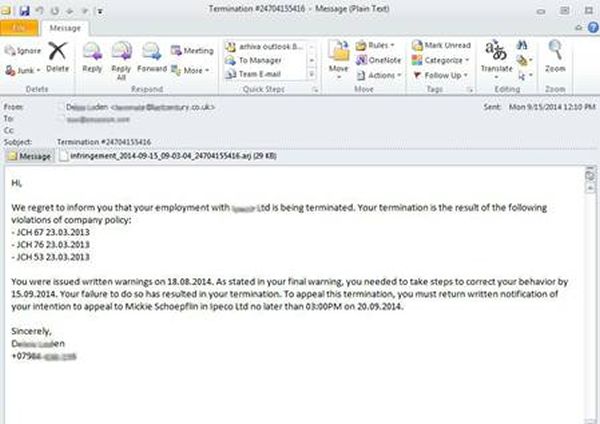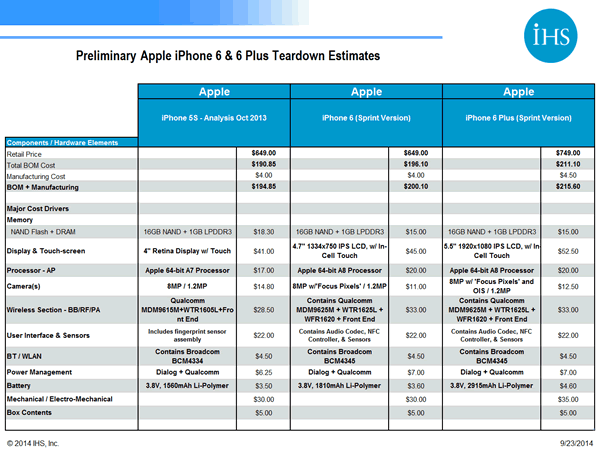 For a while now smartphones have been trying to load more technology into an ever shrinking body.
For a while now smartphones have been trying to load more technology into an ever shrinking body.
Some of this has led to design problems, such as Apple’s incredible bendy phone, but also a problem that the phones are simply too expensive.
Chips in smartphones are now reaching the point where they need the graphics and processing power of a five year old PC.
The answer, which the mobile phone makers have so far ignored, is not to make smartphones smarter, by providing them with ever more features, but to make them dumber and shift the processing power and functionality onto the internet. This has already been seen with the development of Chromebooks.
This is the same logic which has been used, on and off, to promote the use of dumb terminals in PC networks. Instead of requiring huge amounts of processing power at the client side, you shift all the processing work and storage to a server.
With the rise of 4G, this becomes possible on mobile units, such as tablets and phones because the bandwidth between the unit and the ISP becomes that much greater.
What this would mean is that instead of trying to stuff technology onto a mobile or tablet, you can put only hardware that would connect you to a server, a couple of cameras, a microphone, GPS and speakers and a battery. RAM requirements would be much smaller, as would any storage, processing and power needs. The battery life would be much longer because it would not need to run high powered processors.
The unit cost of such a gizmo would be much less with the touchscreen being the only significant outlay.
Such a device would certainly work well on wi-fi, but what would stop it now is the risk of a user entering an area where the bandwidth is not up to snuff.
It would also require the telcos to set up their own cloud-based networks for customers to use that could process the traffic and do all the work that the mobile used to do. This is something of a business opportunity which they have either not seen, or do not think they can manage yet.
However, if I am right, it does mean that ultimately Apple style technology heavy, high-margin devices will become redundant. The devices could be made super-cheaply in China and they would be sold by the telcos.
Each phone would be pretty much the same, and the only difference between them would be the services that the telco offers on its server side.
A bonus of such a system is its security. If a phone is lost or stolen, all the data is stored in a cloud and can be found by reconnecting a new phone to that account. This means that hackers have to take on a cloud security system rather than jailbreak a device. Unless your telco is Apple, that should be a little trickier, particularly if the dumb terminal offers a better form of ID than a password.
 A senior VP at Google has released a detailed rebuttal to an attack on its business practices by Rupert Murdoch of News Corp.
A senior VP at Google has released a detailed rebuttal to an attack on its business practices by Rupert Murdoch of News Corp.





















